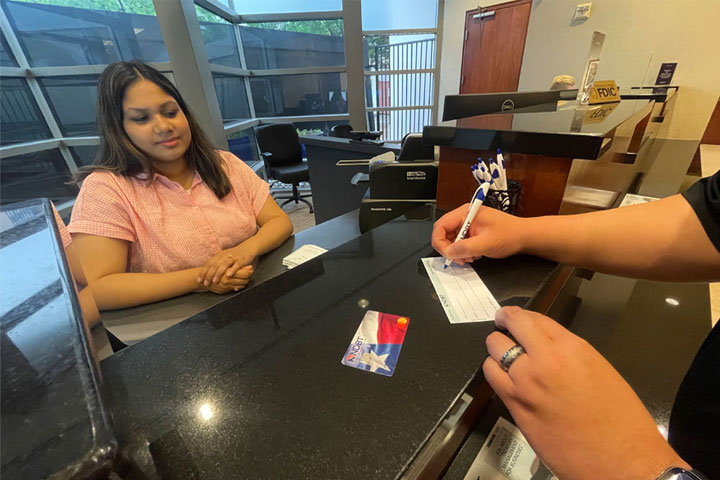Best Practices to Keep Your Accounts Active
You did your research. You learned about FDIC insurance. You found a bank that meets your needs, and you decide to open an account. Next, you meet with your banker, complete the account paperwork, and make an initial deposit. All is going to plan until one day you receive a letter or phone call notifying you that your account is dormant.
How did this happen?
When an account owner regularly initiates transactions such as a deposit, withdrawal, transfer, etc., a bank account is considered active. However, when an individual or business opens an account and does not initiate any transactions for a set amount of time, the account is classified under one of the following categories:
- Inactive: The account is open, but no transactions of any kind are initiated for a length of time, usually about 6 months.
- Dormant: The account is open, but no transactions of any kind are initiated for an entire year. In some cases, the account could have direct deposit transactions, but no owner-initiated transactions activity.
- Escheated: The account is open but has been dormant for 3 years, at which time the bank is required to turn the funds over to the state. The funds are then held by the state and will need to be claimed by the owner. In Texas, the account owner must reach out to the State Comptroller at www.claimittexas.org or 1-800-321-2274 to have the funds returned.
Bank accounts can go inactive, dormant, or escheated for various reasons; a cross-country move away from your bank keeps you from making deposits or withdrawals regularly, or a family member passes away and their bank account goes untouched until their estate is settled. There are many scenarios that could come into play.
Preventive measures to take to keep your account active:
- Check your account periodically to monitor activity and take steps to keep your account active. Here are some easy ways to ensure your account remains active:
- Make a small purchase using a debit card
- Open bank correspondence
- Use online banking to monitor alerts on your account
- Visit a banking center or ATM to make a withdrawal
- Most importantly, keep your contact information updated. If you moved, changed or added a new phone number, or updated your email address, be sure to update your contact information as soon as possible.
- If you have received a dormant notice, please contact your bank to discuss your options.
To learn more, make an appointment at your convenience through our website (see the Make Appointment button on this page) or visit one of our bankers to ensure all your accounts are active and your personal information is current.
NDBT strives to protect and educate our customers, providing service excellence since 1961. Our goal is to always deliver a consisten experience and peace of mind.







